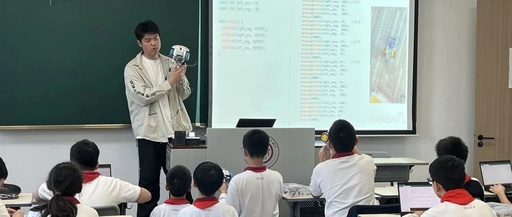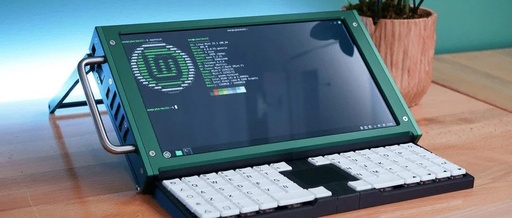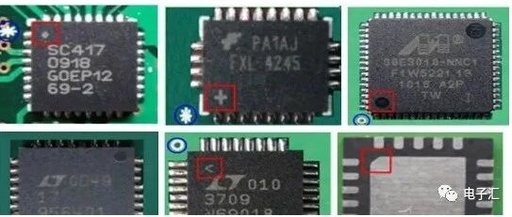Bluetooth Headphones: A Case Study
Wireless Bluetooth headphones have become very popular in recent years. Many people have purchased a pair. But did you know? They can also pose safety risks! Related Cases On October 9, 2022, in Jiaxing, Zhejiang, a surveillance video captured a thrilling moment: a man was busy when suddenly the Bluetooth headphones he was wearing on … Read more

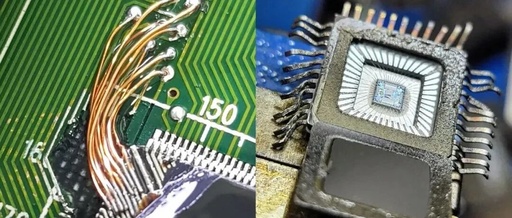
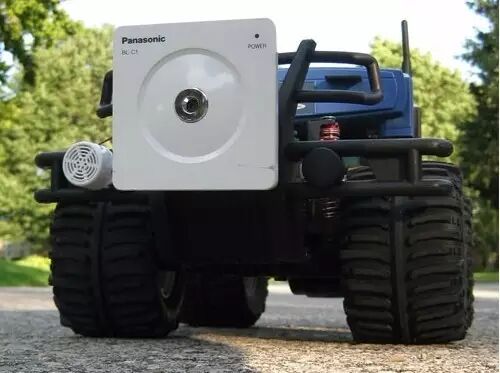
![Introduction to Integrated Circuit Application Development (Including Embedded Systems) for Beginners [High-Definition Course]](https://boardor.com/wp-content/uploads/2025/09/aa305aa7-d682-4a94-b6cf-c47ef691bd8e.jpg)
